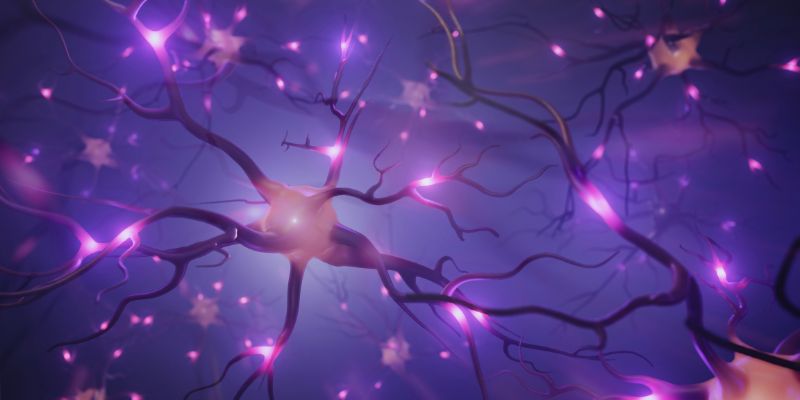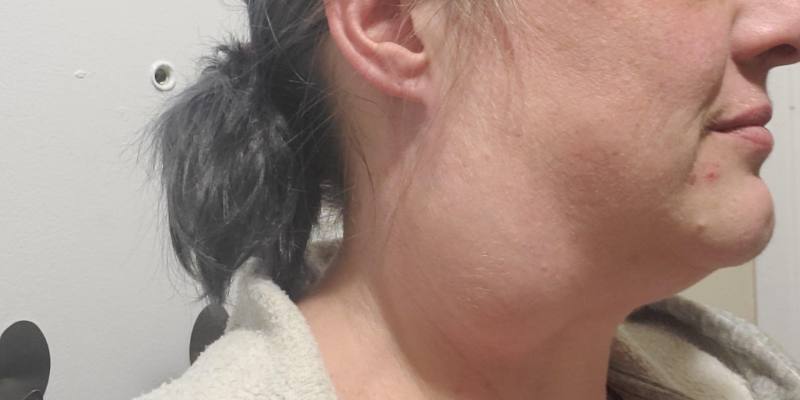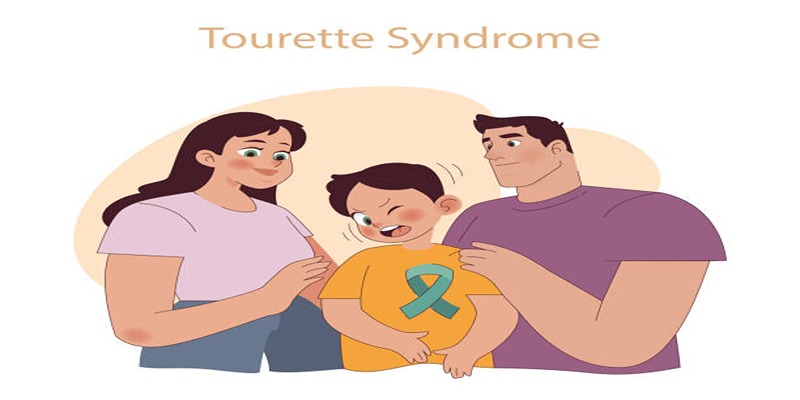How To Treat Progressive Bulbar Palsy: A Comprehensive Guide For Patients
An uncommon disorder called progressive bulbar palsy compromises breathing, swallowing, and speech, among other vital abilities. It progressively weakens muscles, thereby making daily chores difficult. Early symptoms like slurred speech and trouble eating can go undetectable but get worse with time. While a cure is still unattainable, good treatment can help with symptoms and enhance the quality of life. Management of the illness depends critically on therapies, medical support, and assistive equipment.
Furthermore, emotional and dietary aspects contribute to general well-being. The first step toward improved management is knowledge of this condition. This guide explains its causes, diagnosis, treatment choices, and ways to help people living with it. Patients and caregivers can negotiate this road more successfully with the correct strategy, emphasizing increasing comfort and usefulness.
What is Progressive Bulbar Palsy?
Progressive bulbar palsy is a rare neurological condition that destroys brainstem motor neurons—also called the bulbar area. These neurons regulate breathing, swallowing, speech, and other vital muscular actions. The condition causes these neurons to deteriorate, which weakens and progressively reduces muscle function in the face, tongue, throat, and upper respiratory systems. The primary complaints are dysarthria—difficulty speaking; dysphagia—problems eating and swallowing; and weakened tongue and facial muscles.
Slurred speech, coughing, and eating problems greatly impact daily functioning. The disease could cause issues like regular aspiration, leading to respiratory infections and diminished capacity to breathe properly with time. Palsy is commonly linked to diseases thought of as a subgroup of motor neuron diseases, progressive bulbar, including amyotrophic lateral sclerosis (ALS). The illness is progressive; symptoms get worse, and individuals struggle more physically.

Causes of Progressive Bulbary Palsy
Although the precise causes of progressive bulbar palsy are unknown, it is thought to entail environmental and genetic elements. The condition results from slow degeneration of brainstem motor neurons, which direct muscle actions in the face, tongue, throat, and respiratory system. Sometimes, genetic changes may be involved, especially in familial forms of motor neuron disorders.
Though more usually connected to amyotrophic lateral sclerosis, gene mutations such as SOD1, C9orf72, or TARDBP have been linked to motor neuron degeneration. Environmental elements, such as poisons or viruses, could also cause neuron damage in sensitive people. However, the particular triggers are unknown. The bulk of instances are sporadic, devoid of a definite genetic relationship. Progressive bulbar palsy is a complicated disorder with no one clear etiology overall. Studies on the fundamental processes to further knowledge and treatment are still ongoing.

Diagnosis of Progressive Bulbar Palsy
Below are the diagnostic methods used to confirm progressive bulbar palsy and differentiate it from similar conditions.
- Electrophysiological and Neuroimaging Tests: These tests are necessary to rule out disorders with symptoms resembling progressive bulbar palsy. Like MRI scans, neuroimaging methods can find spinal cord or brainstem structural defects. Electrophysiological studies evaluate nerve and muscular activity by separating from other neurological diseases, guaranteeing correct diagnosis.
- Nerve Conduction Studies: This technique measures nerve function by placing electrodes on the skin over impacted nerves. An electrical current measures how successfully the nerves transfer impulses by stimulating them. The results offer comprehensive data on nerve health, which helps pinpoint any damage or malfunction vital for diagnosing progressive bulbar palsy.
- Needle Electromyography (EMG): A tiny needle electrode is put into the muscles to evaluate their electrical activity in needle electromyography (EMG). The test detects anomalies indicating motor neuron involvement by evaluating nerve signals to the muscles. EMG findings eliminate other neuromuscular disorders and aid in confirming the diagnosis of progressive bulbar palsy.
How To Treat Progressive Bulbar Palsy?
Below are the treatment options for managing progressive bulbar palsy, focusing on symptom relief and improving quality of life.
Medical Treatments and Therapies
Doctors write prescriptions for medications like riluzole to reduce the spread of illness—medications classified as antispasmodic to control cramping and muscular tightness. Speech therapy enhances communication abilities. Swallowing therapy lessens meal-related choking hazards. Physical treatment preserves mobility and builds muscles. Breathing support helps respiratory function through non-invasive ventilation. Frequent professional monitoring guarantees the quality of treatment.
Nutritional Support for Better Health
Many times, swallowing problems cause patients to struggle with keeping weight. Nutritional therapy becomes essential for their condition. Foods that have been soft and pureed are more readily consumed. Shakes high in calories offer vital nutrients. Advanced instances could be needed for feeding tubes. Preventing issues linked to dehydration depends on hydration as well. A nutritionist can help create customized food programs for individual clients.
Assistive Devices and Technology
Assistive tools increase patients' comfort and independence. For those who have trouble speaking, tools include speech-generating software assist. Special tools and cups simplify eating and drinking. Wheelchairs and other mobility devices help in everyday movement. Breathing apparatuses guarantee enough levels of oxygen. Frequent update of these instruments improves their value.
Emotional and Psychological Support
Emotionally taxing is living with progressive bulbar palsy. Patients could be alone, angry, or nervous. Counseling offers a means of coping with emotional tension. Providing similar experiences, support groups link patients and caregivers—relaxation methods, including meditation, help to lower anxiety. Pursues of interests and social events help to improve mental health. Emotional support comes from loved ones rather importantly.
Caregiver Tips for Effective Management
Progressive bulbar palsy is largely managed by caregivers. They help with mobility and daily tasks, including feeding. Knowledge about the illness enables them to deliver better treatment. Constant observation of symptoms guarantees quick responses. Encouraging patients to follow therapy sessions improves the effectiveness of treatment. Resite care lets caregivers relax and rejuvenate themselves.
Conclusion:
A difficult neurological disorder affecting vital skills, including speech, swallowing, and breathing, is progressive bulbar palsy. Although there is no cure, good quality of life can be enhanced by efficient management, which includes medical treatments, therapies, dietary support, assistive tools, and emotional care. Maintaining functionality and slowing disease development depend critically on early diagnosis and treatments. Those living with progressive bulbar palsy can control symptoms and lead happy lives with appropriate treatment and help. Improving results and offering hope for future developments in treatment depends on an ongoing investigation into the origins and therapies of the condition.












